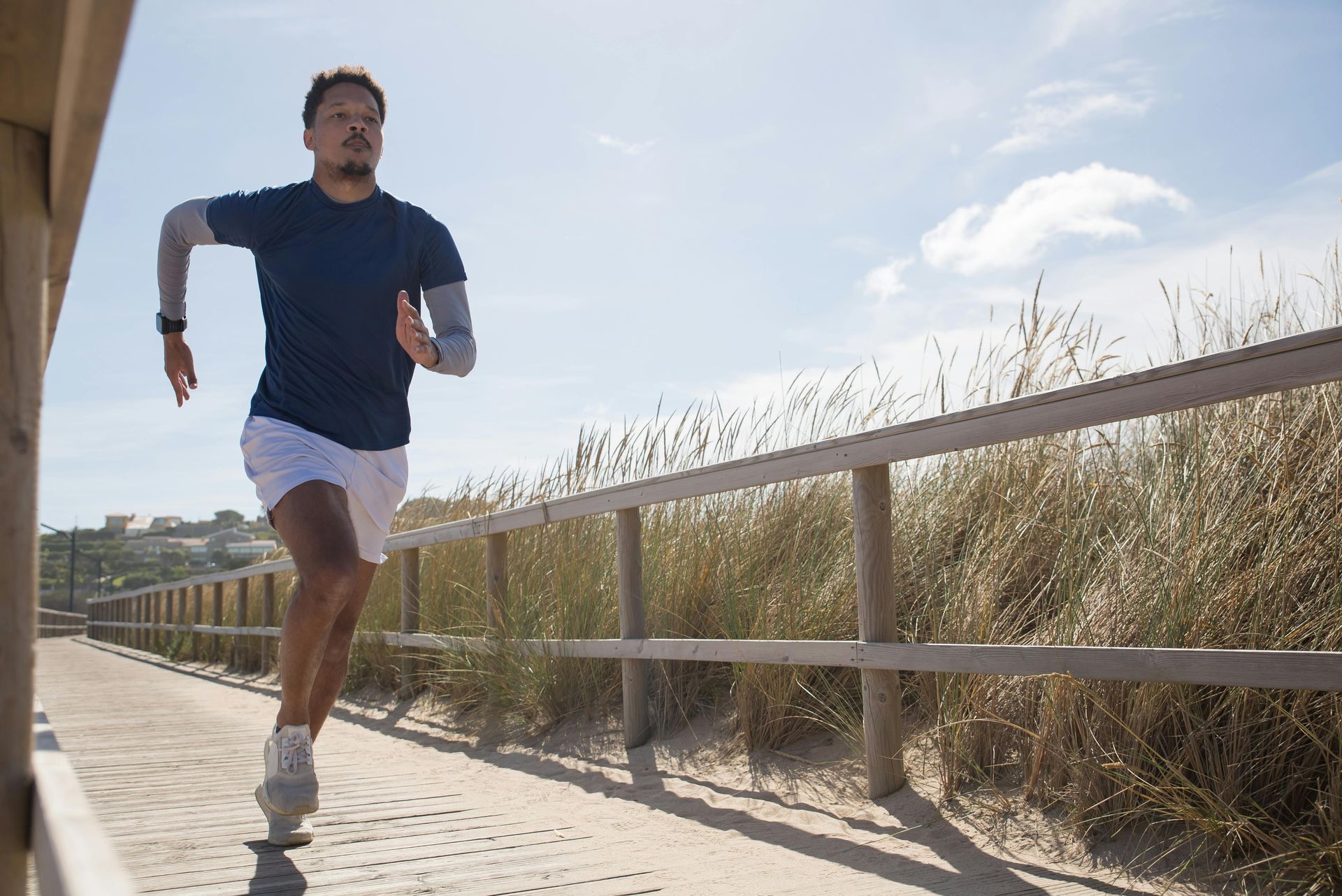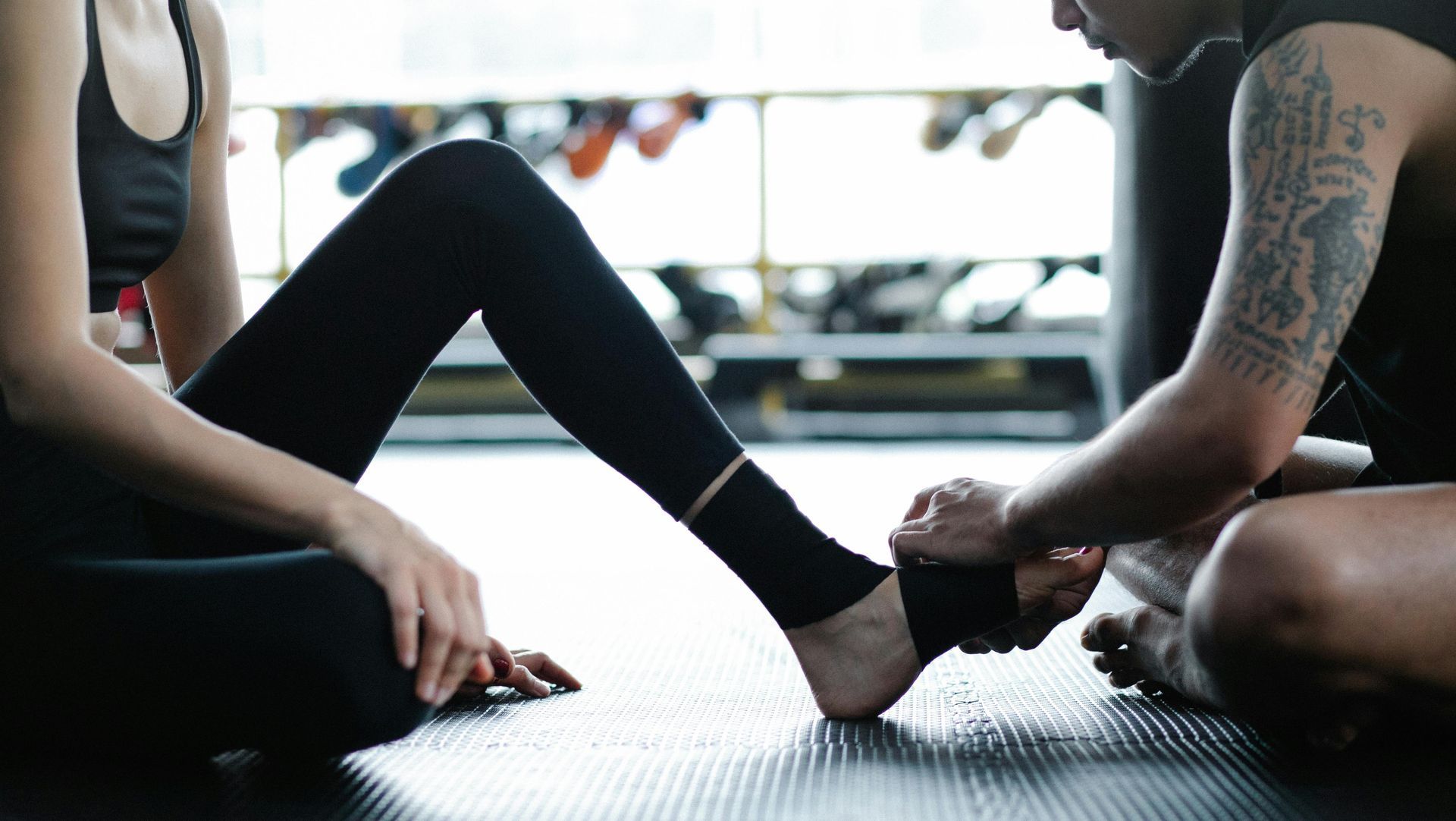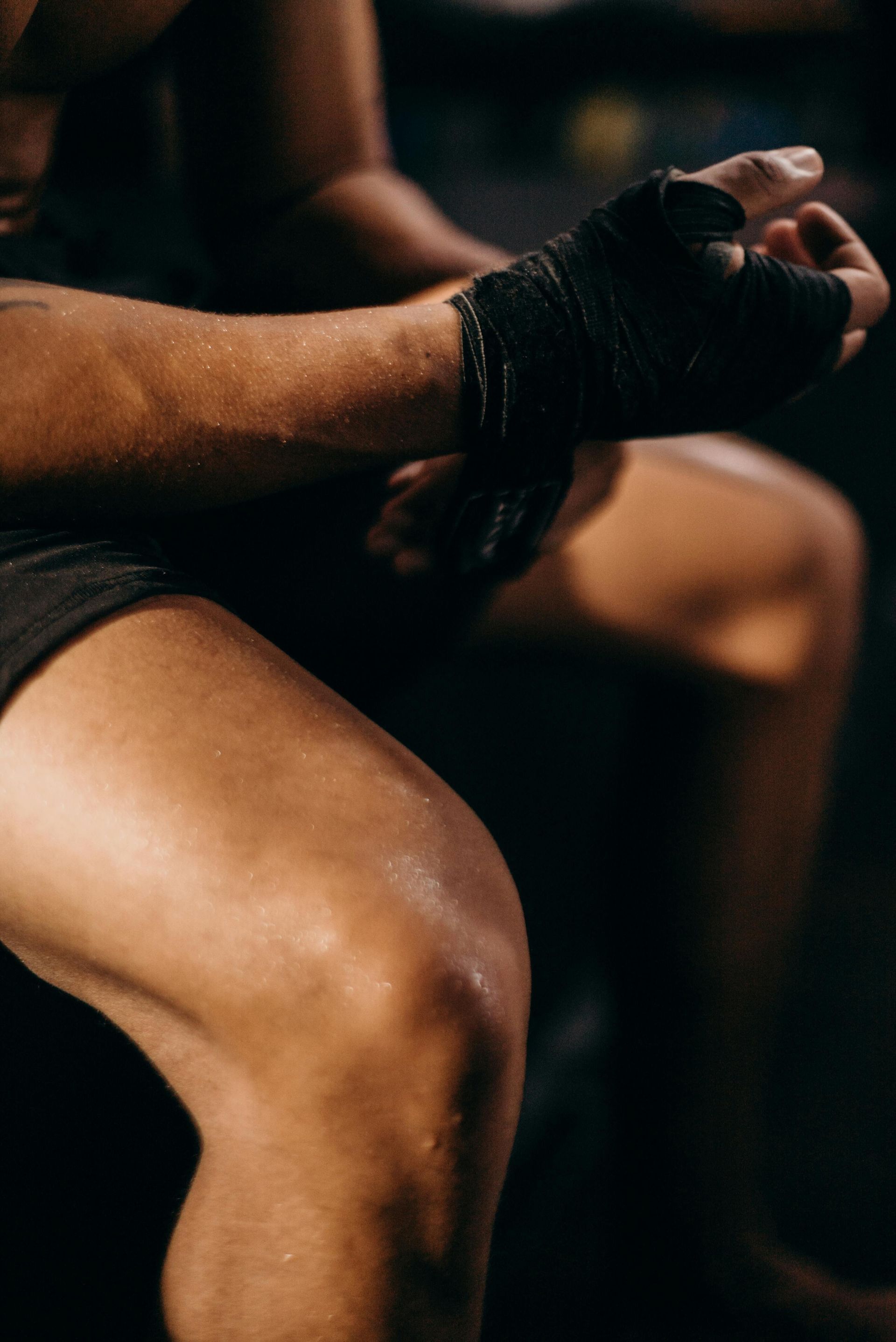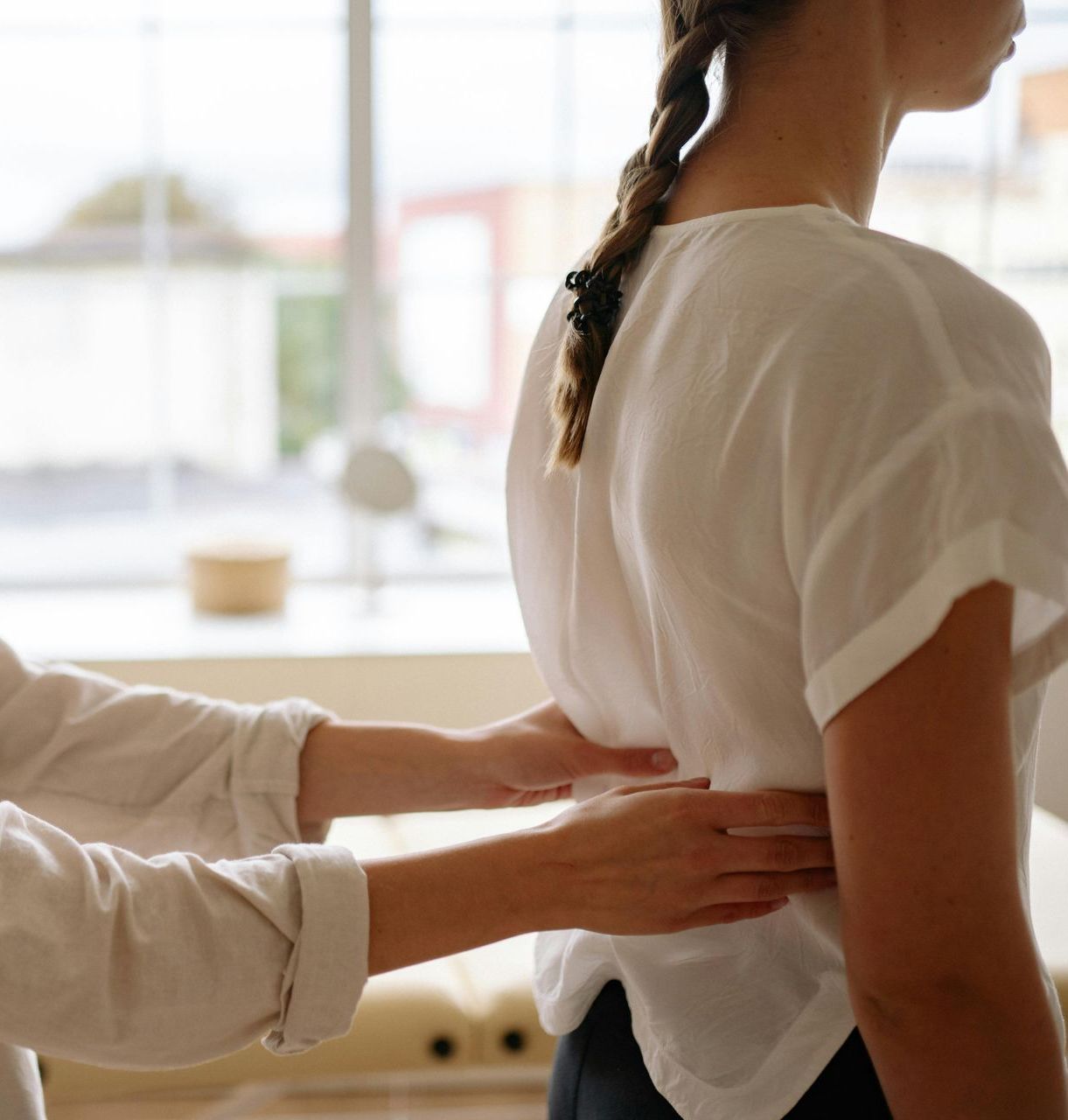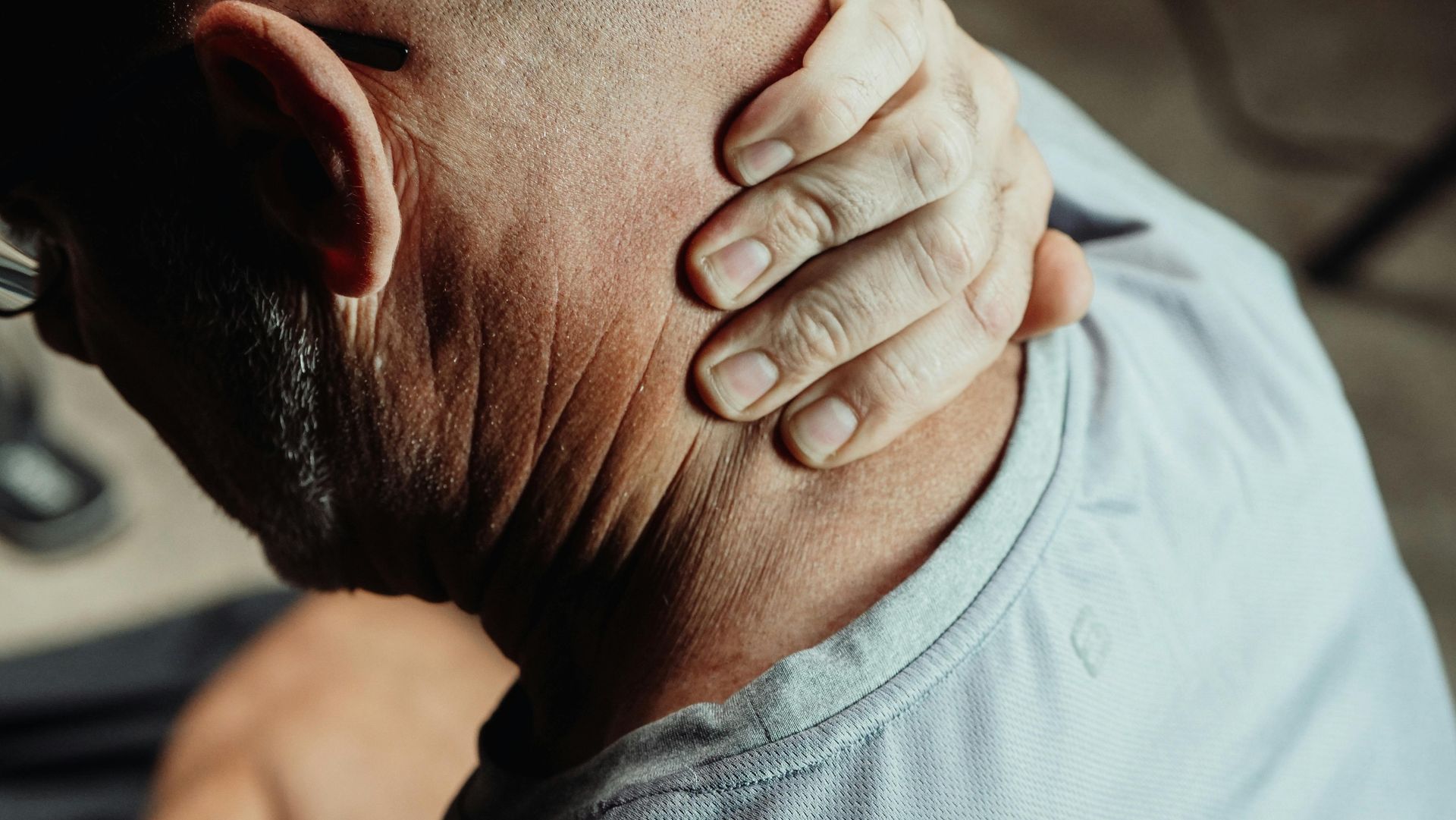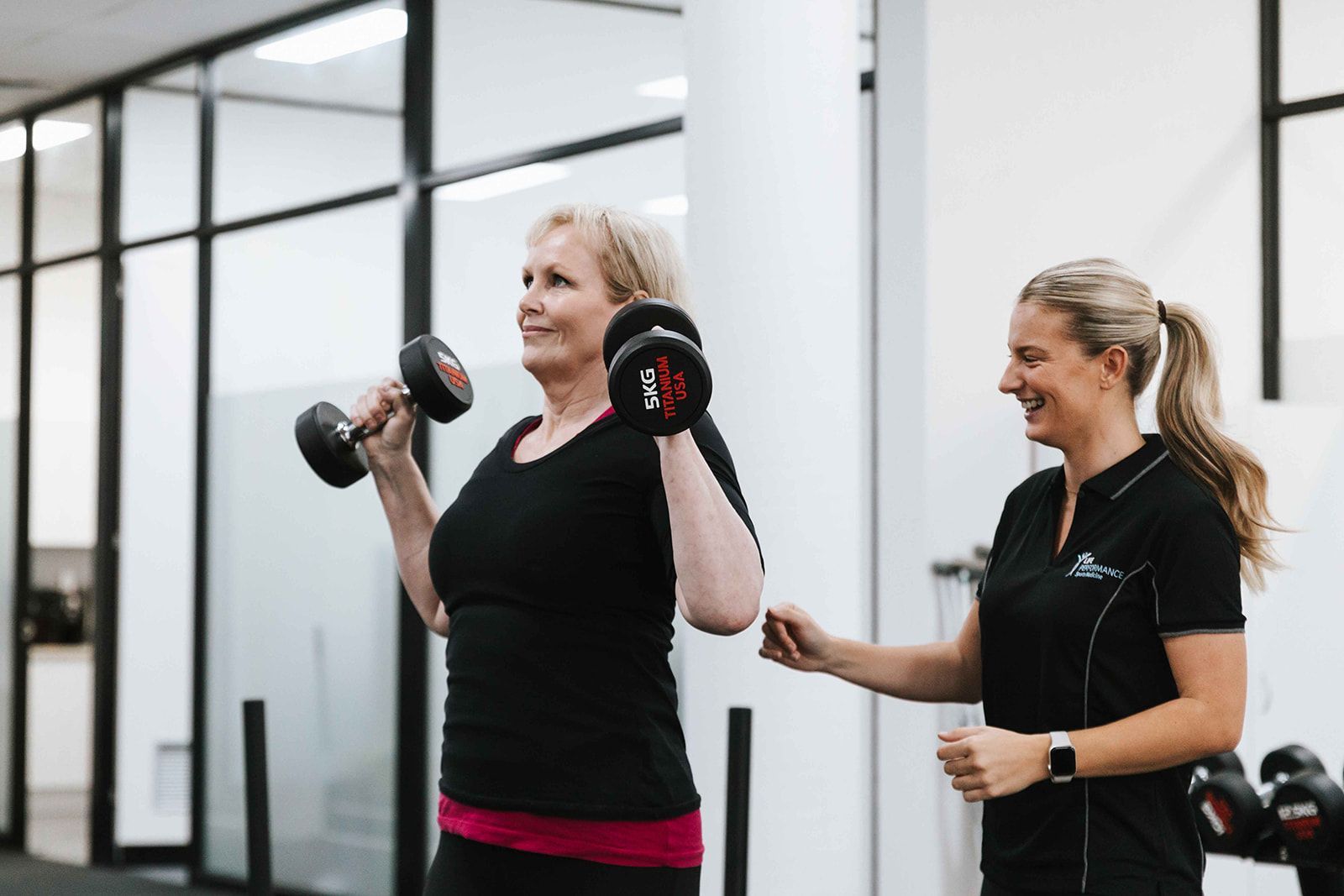Balancing Performance and Injury Prevention for Runners

Running success isn’t just about clocking miles—it’s a
balancing act between pushing your body to its limits and staying injury-free.
The secret? Tuning into both your
internal environment—muscle strength, tendon elasticity, and explosiveness—and the
external environment of footwear, surfaces, and recovery strategies.
Internal Factors: Building Resilience
Your body’s internal strength determines how well you absorb the impact of running. Muscle strength powers your stride, while tendons act like springs, releasing energy. Proper stiffness and ground contact times boost efficiency, while explosiveness (muscle power) enables quick acceleration. A strong aerobic system and good bone health are essential to keep your body resilient against the constant demands of running. While an element of internal resilience stems from genetics, a large part of how healthy and robust our body tissues are, is determined by physics! Forces that we put on our body - whether it be lifting weights, jumping rope or doing sprints, play a major role in how strong our tissues are. The classic example of a 30 year old who takes up running for the first time after being a competitive swimmer their whole life, can encounter issues with weaker bones and might be at a greater risk of developing a stress fracture.
External Factors: The Environment Around You
Your running environment is just as important. The right footwear supports your foot type and stride, while different surfaces (e.g., trail vs. pavement) impact joint stress. In fact, its variability in surfaces that wreaks the most havoc with causing injury. Lesson here is to keep a consistent surface. Smart programming—including rest days—helps you push yourself without going too far. Proper recovery, including time for your body to recover after a long or strenuous run, is crucial to let your body heal and adapt.
Running Mechanics: The Cadence Sweet Spot
Running mechanics play a major role in keeping you injury-free. Key adjustments like reducing stride length and increasing cadence (steps per minute) to around 160-180 can improve efficiency and minimize joint strain. Using a metronome or BPM music can help you lock into this rhythm and avoid overstriding, which commonly leads to overuse injuries. This tweak not only protects your joints but also helps optimize energy use for faster, smoother running.
Finding the Perfect Balance
There’s no one-size-fits-all when it comes to running technique. However, if you’ve struggled with injury or are currently dealing with one, analysing and adjusting your running mechanics is essential. Consulting with an expert clinician at Life Performance is crucial. Running is all about balance, and with the right combination of internal strength and external support, every step you take counts.
